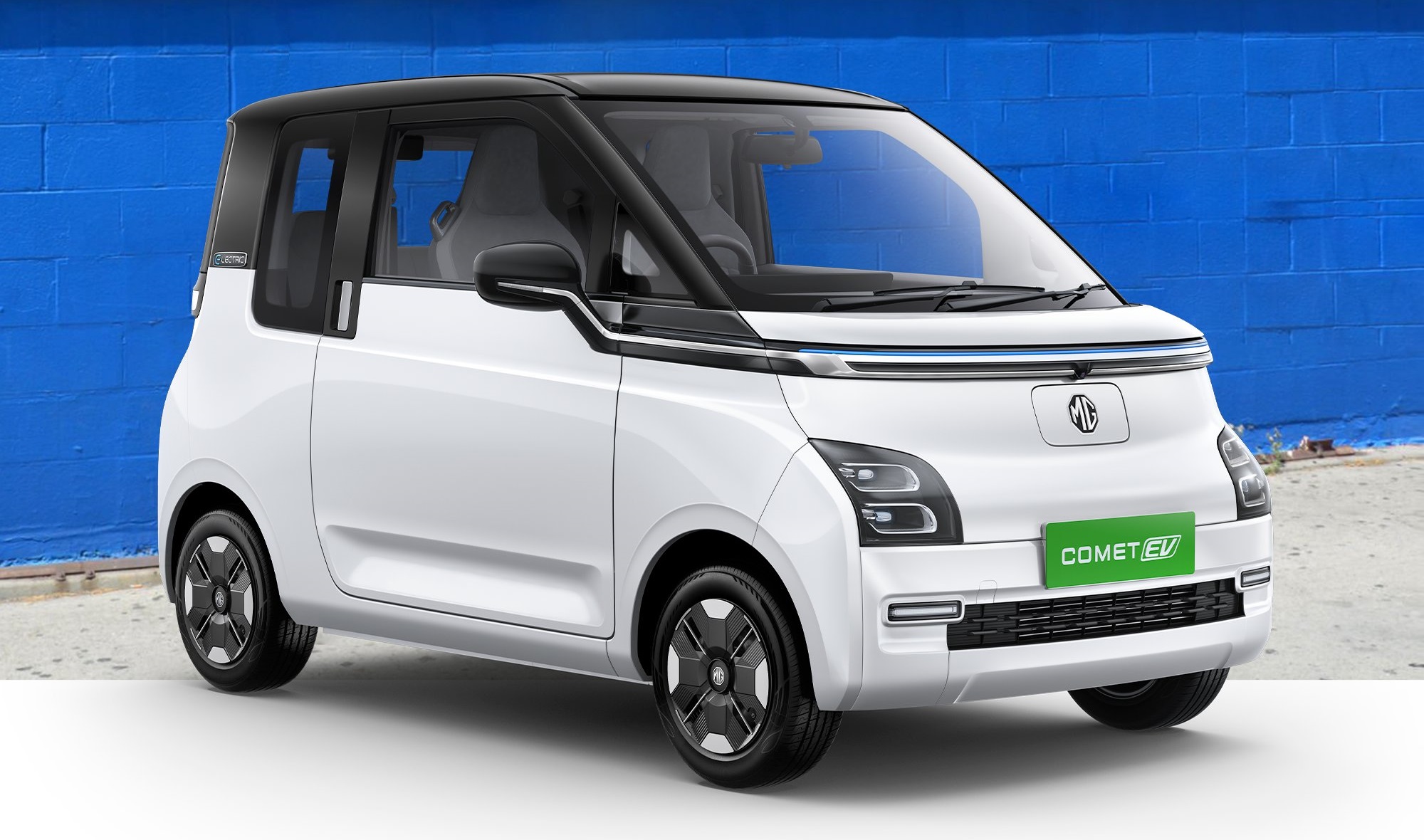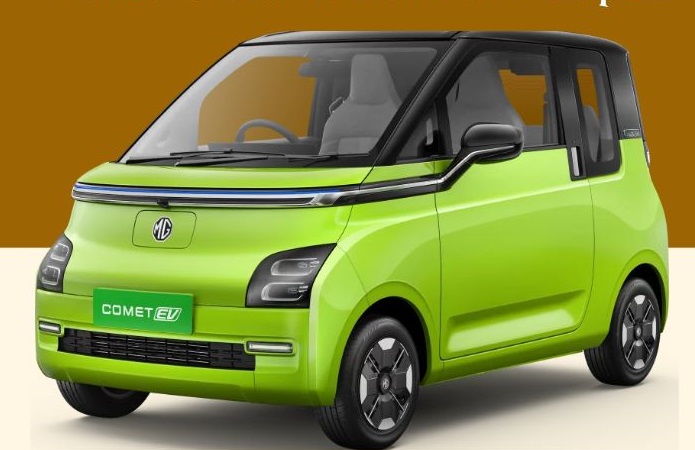
In the fast-changing world of electric mobility few launches have stirred as much curiosity as MG Motor India’s Comet EV. At first glance it looks like a quirky compact two-door city car but beneath that design lies a narrative that may reshape how India perceives urban mobility. The Comet EV is not just another electric car on the road. it is an attempt to redefine convenience, sustainability and accessibility for India’s growing population of urban commuters.
India has always had a unique relationship with compact cars. From the Maruti 800 that defined affordability in the 1980s to the Tata Nano that tried to push boundaries in the 2000s small cars have often been at the heart of India’s automotive story. The Comet EV enters that lineage but with an electric twist promising a new chapter where sustainability blends with practicality.
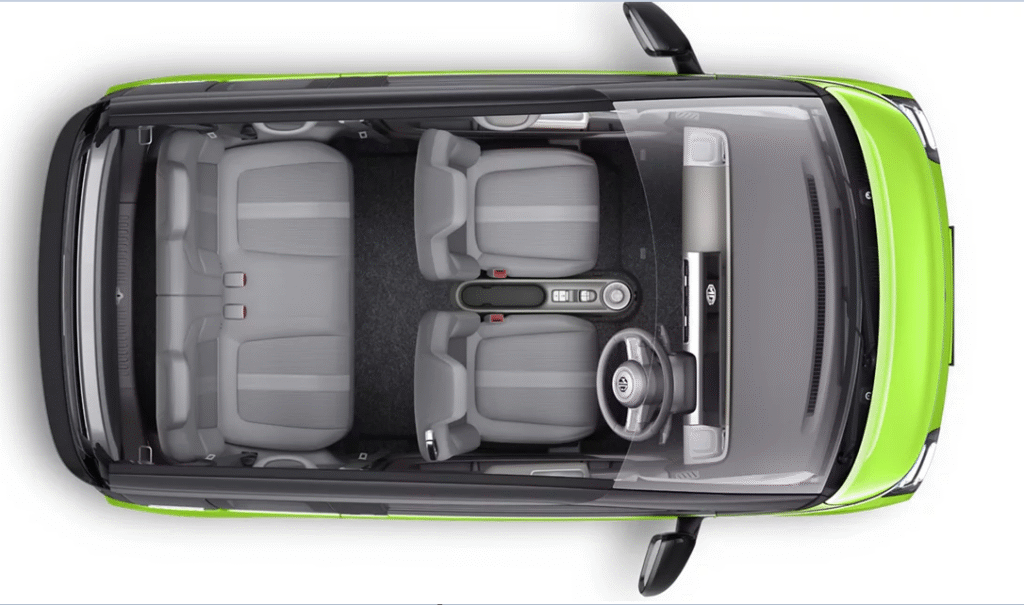
When MG introduced the Comet EV the market was already abuzz with premium EVs like the Tata Nexon EV, Hyundai Kona and MG’s own ZS EV. However, these models catered largely to middle- and upper-class buyers who had access to private parking and home charging setups. The real challenge in India’s EV adoption lies in cracking the entry-level mass-market urban commuter segment .where buyers seek affordability, compact size and running-cost efficiency without compromising too much on comfort. The Comet EV is MG’s bold answer to that challenge.
The design itself is a conversation starter. With its boxy profile, LED headlamps, futuristic touches and ultra-compact stance the Comet looks unlike anything else on Indian roads.
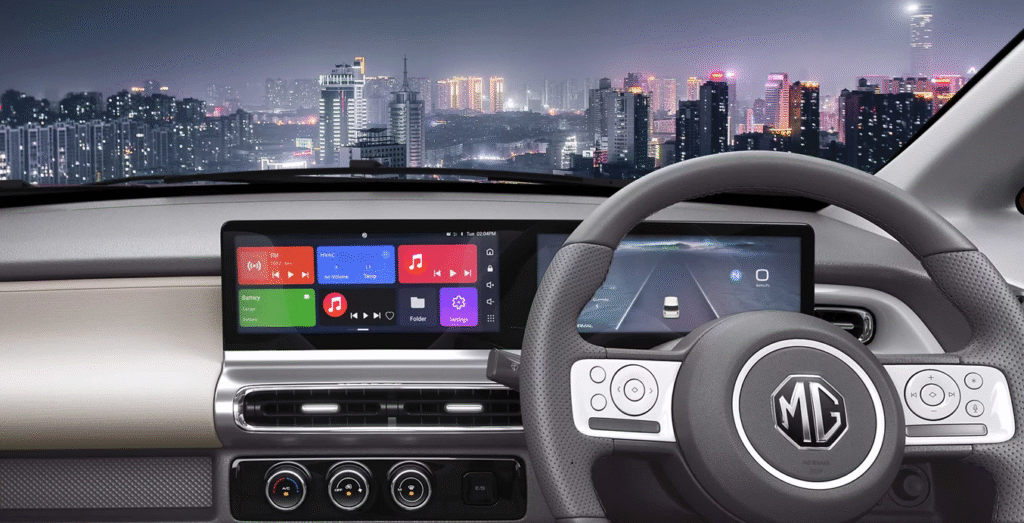
Measuring just under three meters. it is significantly smaller than conventional hatchbacks. But that is not a disadvantage in fact it is its greatest strength. In cities like Mumbai, Bengaluru and Delhi where traffic jams stretch for miles and parking space is a luxury the Comet EV offers an effortless driving experience.

It slips into tight lanes squeezes into narrow parking slots and turns in spaces where most hatchbacks struggle.
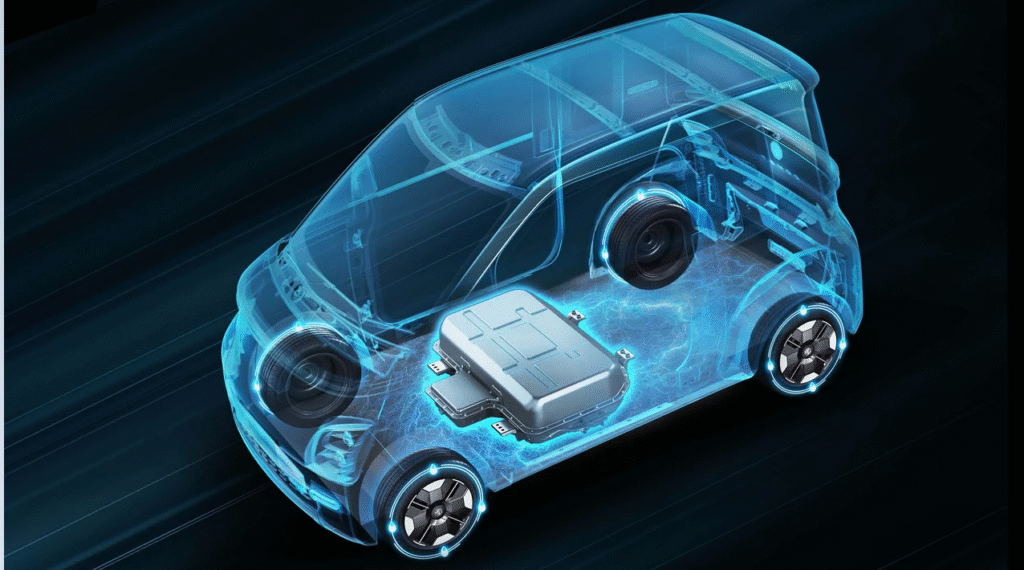
The heart of the Comet is a 17.3 kWh battery pack that delivers a certified range of around 230 km on a full charge. For an Indian urban commuter who typically drives 25–30 km per day. this translates into almost a week’s worth of driving without the need for a recharge. Charging from a standard 3.3 kW charger takes about seven hours which aligns perfectly with overnight home charging routines. While it may not offer the fast-charging capabilities of higher-end EVs the Comet is designed with practicality not performance in mind.
Step inside and the Comet EV surprises with its futuristic interior. Dual 10.25-inch screens dominate the dashboard offering a level of digital sophistication more common in premium cars. The cabin though compact makes smart use of space with thoughtfully designed storage options and a clean minimalist aesthetic. This is not merely a budget EV. it is a tech-forward city car aimed at a generation that values digital integration as much as mechanical reliability.

The pricing of the Comet EV plays a crucial role in its narrative. With an entry price that starts lower than most other EVs in India. MG is positioning the Comet as an attainable option for young professionals, students and urban families looking for a second car. Government subsidies under the FAME-II scheme further enhance its affordability making it one of the most budget-friendly EV options available today.
From a broader perspective the Comet EV is also a strategic product for MG Motor India. The brand has already established credibility with the ZS EV in the premium electric SUV segment. With the Comet MG is signaling its intent to expand into the mass-market category. If successful the Comet could catalyze a new wave of EV adoption particularly in urban India where infrastructure challenges often discourage buyers from switching to electric.
The timing of the Comet’s launch is equally important. India’s EV market is at a tipping point with sales growing at over 100% year-on-year and government policies pushing for electrification of transport. Charging infrastructure is improving with both private players and public utilities setting up networks across major cities. Battery costs are slowly declining and consumer awareness is higher than ever. Into this ecosystem arrives the Comet EV small in size but big in ambition.
Critics often question whether such a compact EV can truly appeal to Indian buyers who traditionally prefer larger cars for family use. But that overlooks a critical trend the rise of nuclear families and single professionals who prioritize ease of use over sheer size. Ride-sharing services last-mile connectivity needs and the boom in delivery businesses are also expanding the market for compact urban vehicles. In many ways the Comet EV feels tailor-made for this evolving demographic.
The road ahead will not be without challenges. Limited boot space, relatively modest performance and the absence of fast charging may deter some potential buyers. Moreover India’s EV ecosystem still grapples with issues like high initial costs and patchy charging infrastructure. Yet MG seems to be betting that the strengths of the Comet. its compactness, affordability and futuristic appeal will outweigh these concerns.
What the Comet EV ultimately represents is not just a car but a cultural shift. It challenges the mindset that bigger is better and instead offers a vision of mobility that is sustainable, smart and perfectly adapted to India’s crowded urban environments. Just as the Maruti 800 became an icon of accessible mobility in its time the Comet has the potential to become an icon of electric mobility in the years ahead.
In the grand narrative of India’s EV journey. the MG Comet EV may look small but its impact could be disproportionately large. It is a bold experiment that asks an important question? can India embrace a new kind of car that prioritizes sustainability and convenience over size and horsepower? If the answer is yes! then the Comet EV might just mark the beginning of a new era in Indian mobility.


